
History is full of stories of once-thriving towns that are shadows of their former selves—abandoned and forgotten by time. Some of these communities declined gradually due to economic downturns or shifting industries, while others vanished almost overnight. Here are 20 destinations that were once filled with life but now stand as eerie reminders of the past.
Centralia, Pennsylvania
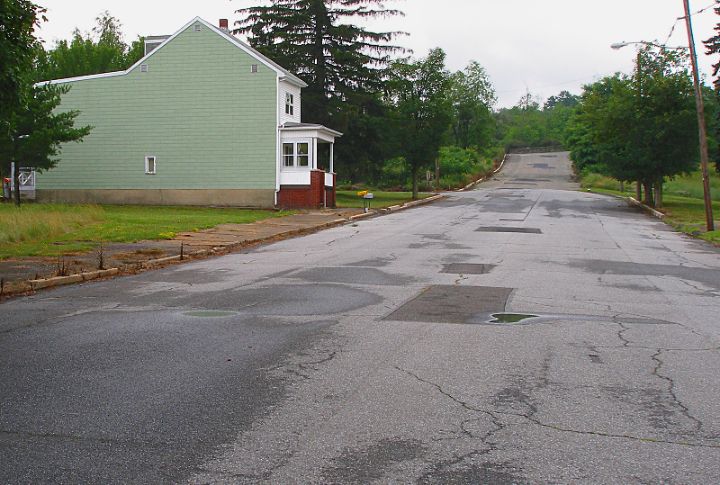
Centralia was once a mining town bustling with residents and visitors until an underground mine fire ignited in 1962. The fire released dangerous gases, causing cracks to form in roads and buildings. Residents began evacuating by the 1980s when the government declared the area unsafe. Today, empty streets and abandoned buildings are all that are left.
Bodie, California
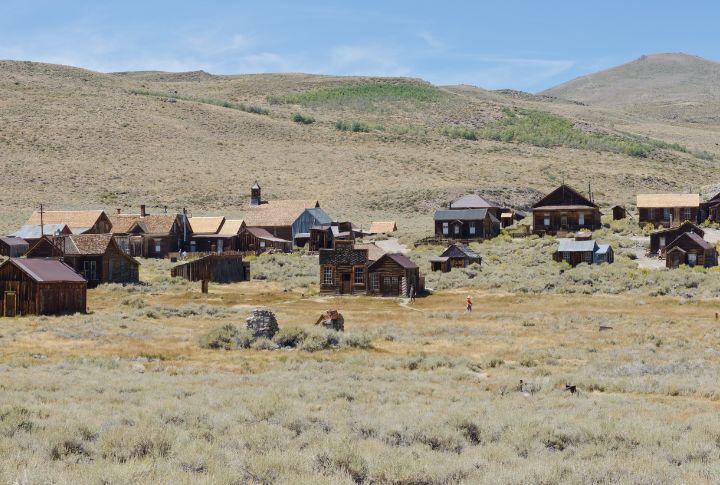
In the late 1800s, thousands of prospectors were attracted to Bodie, a thriving Gold Rush town. At its peak, the town had a population of around 10,000 and was complete with saloons, hotels, and even a Chinatown. However, as the gold dried up, people left in droves, turning Bodie into a ghost town by the early 20th century.
Glenrio, Texas/New Mexico
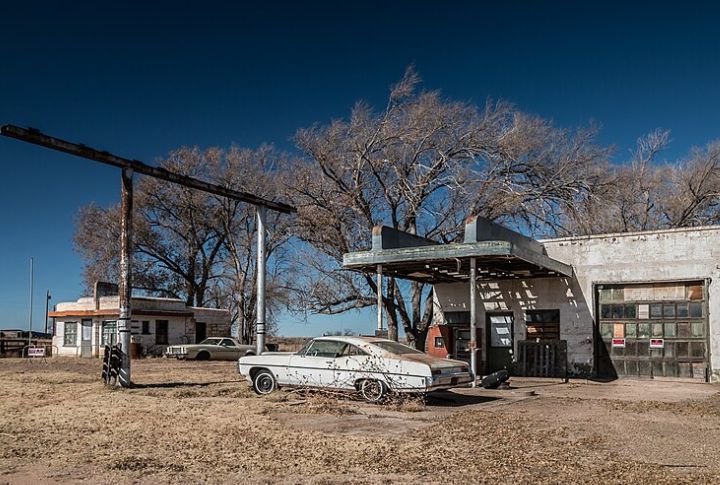
Straddling the Texas-New Mexico border, Glenrio was a major stop along Route 66, teeming with travelers. During the mid-20th century, it was a bustling rest stop for cross-country road trippers. Unfortunately, the town’s fate changed when Interstate 40 bypassed it in the 1970s. Businesses quickly dried up, and residents moved away, leaving empty structures behind.
Saint Thomas, Nevada
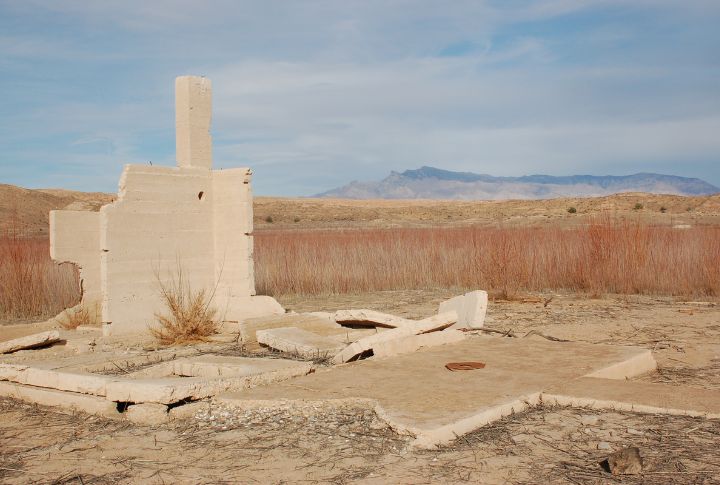
Saint Thomas was once a Mormon farming town that flourished from the late 19th into the early 20th century. After the Hoover Dam was constructed in the 1930s, the rising waters of Lake Mead flooded the town, and it disappeared underwater. Decades later, drought conditions revealed the remains of this once-thriving community.
Rhyolite, Nevada
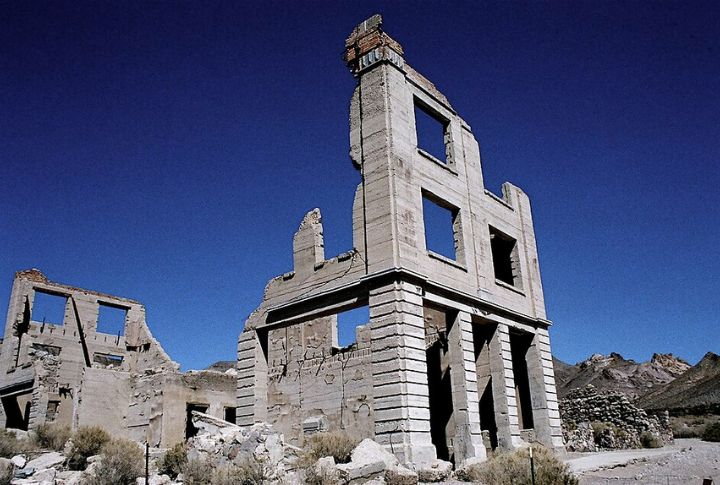
Thousands of prospectors flocked to Rhyolite in the early 1900s for gold. The town quickly grew into a lively community with banks and an opera house. However, as the gold supply dwindled, businesses shut down, and residents moved away. By 1920, Rhyolite was nearly abandoned, with only a few remaining structures standing as reminders of its brief prosperity.
Kennecott, Alaska
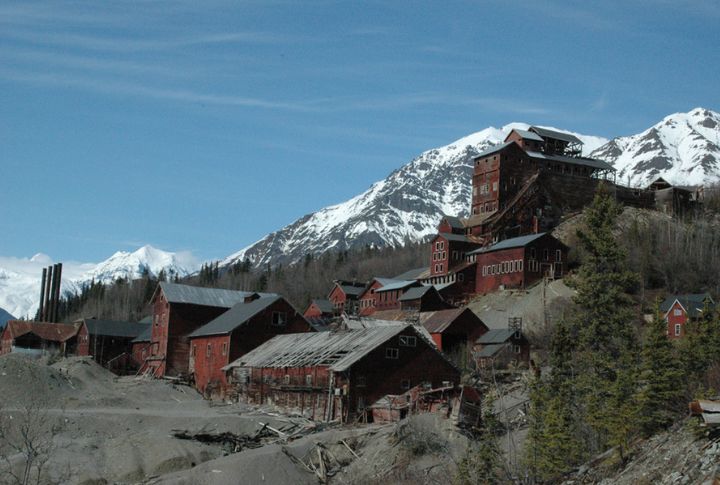
Formerly a thriving copper mining town, Kennecott was abandoned due to the harsh Alaskan climate and the depletion of copper deposits. At its peak, the town had a hospital and a school. Though the National Park Service later preserved it as a historic landmark, only a few visitors now travel to this remote location.
Fordlandia, Brazil

In the 1920s, industrialist Henry Ford attempted to create a rubber plantation and self-sustaining American town deep in the Brazilian Amazon. The town, named Fordlandia, was meant to supply Ford’s growing need for rubber. Ford’s dream, however, faced disastrous failures due to poor planning.
St. Elmo, Colorado
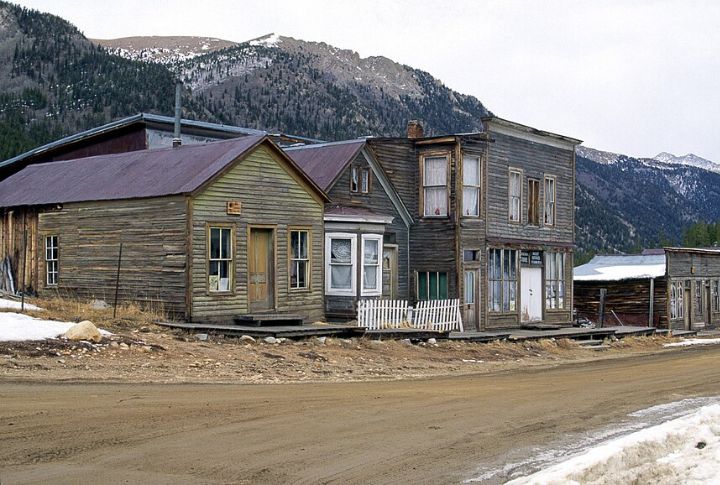
In the late 19th century, St. Elmo was a once-thriving mining town home to thousands of gold and silver prospectors. Until the collapse of the mining industry, the town brimmed with hotels, saloons, and a railway. By the 1950s, only a handful of residents remained, and the town was eventually deserted.
Kadykchan, Russia
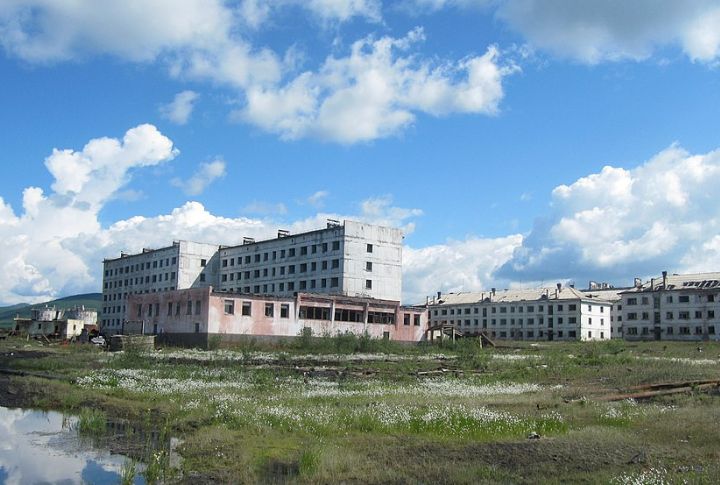
Built during the Soviet era, Kadykchan was a mining town that thrived due to its coal industry. It once had many residents and entertainment centers. The town was abandoned due to the collapse of the Soviet Union and a deadly explosion in one of the mines. The government then relocated residents, leaving Kadykchan in ruins.
Garnet, Montana
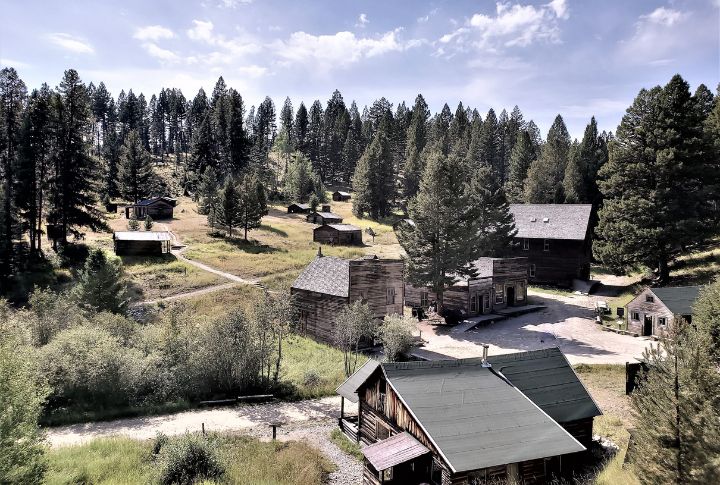
This town was a thriving gold mining town in the late 1800s, with saloons and a school. Soon after the gold ran out, the population dwindled, and by the 1940s, Garnet was abandoned. Despite efforts to restore it as a tourist site, it never regained its former crowds. Today, it is one of Montana’s best-preserved ghost towns.
Salton Sea, California
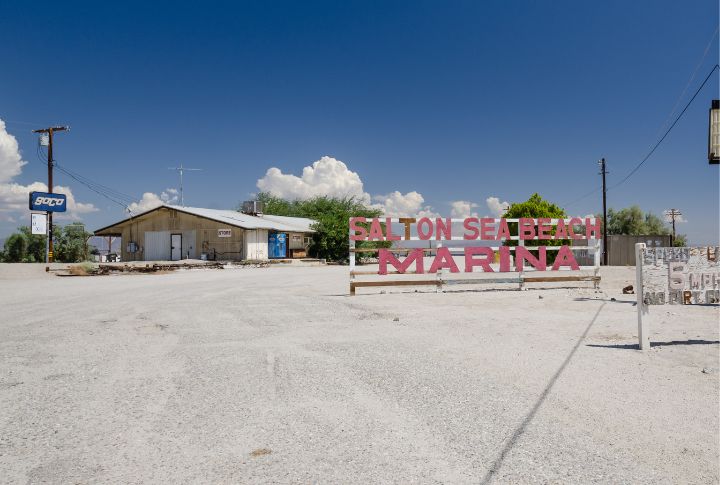
Though the Salton Sea was once a booming resort destination in the 1950s, rising salinity and agricultural runoff polluted the water and caused a mass die-off of wildlife. The resort had previously attracted celebrities and tourists, and its artificial lake created a paradise in the desert. All that remains now is a shoreline littered with decayed buildings.
Drawbridge, California
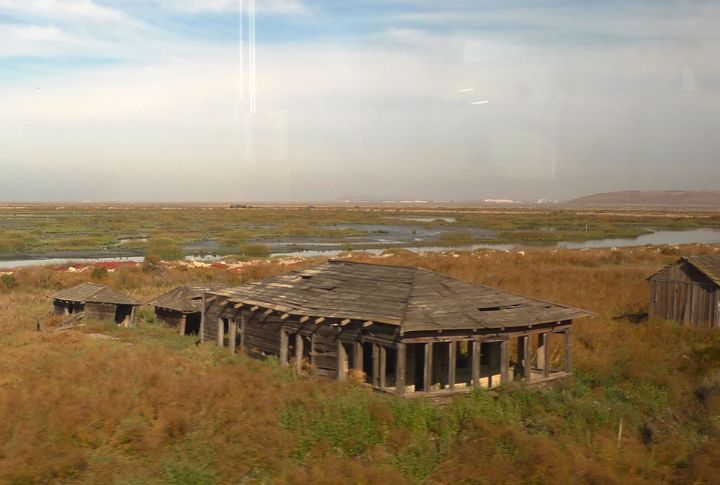
This previously thriving railroad town was a popular hunting and fishing retreat. In the early 1900s, it attracted wealthy visitors who built small cabins and boathouses along the marshes. Nevertheless, as urban development and water levels changed, the town became uninhabitable.
Calico, California
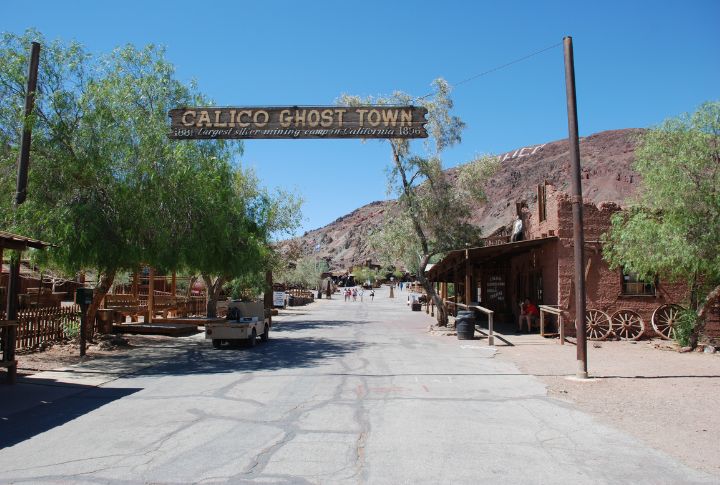
Calico was a prosperous silver mining settlement in the late 1800s, but plummeting silver prices resulted in its abandonment. Thousands of prospectors once lived in the town, and at its peak, Calico had over 500 mines and nearly 3,500 residents. Though it was restored in the 1950s, only a few tourists visit its dusty streets.
Ani, Turkey
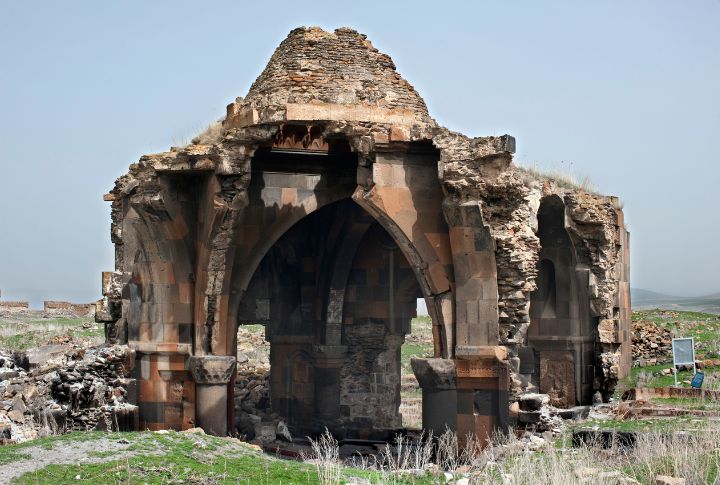
Ani was once known as the “City of 1,001 Churches.” A bustling medieval metropolis, it was also the capital of the Armenian Kingdom. Due to its place as a major trade hub, its population was over 100,000 at one point. Numerous wars and earthquakes followed by economic decline led residents to flee the town.
Picher, Oklahoma
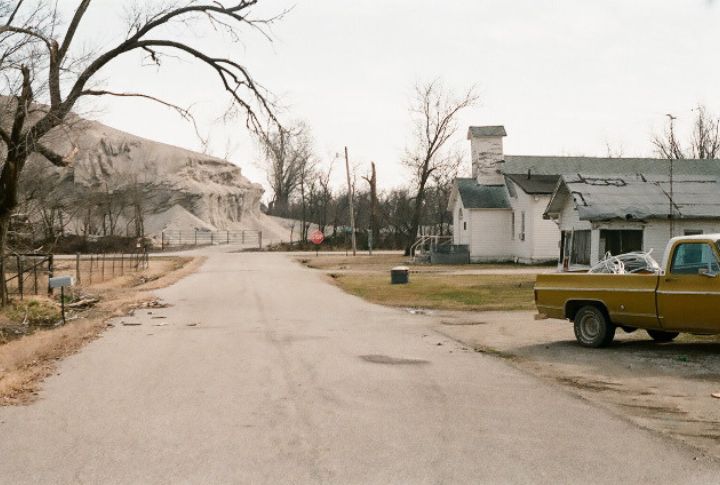
This town once produced lead and zinc during the 20th century. The booming industry brought thousands of residents, schools, and businesses to this area. However, decades of unregulated mining left behind toxic waste, contaminated water, and unstable ground. Health concerns forced the government to evacuate residents, officially making Picher a ghost town.
Rocky Springs, Mississippi
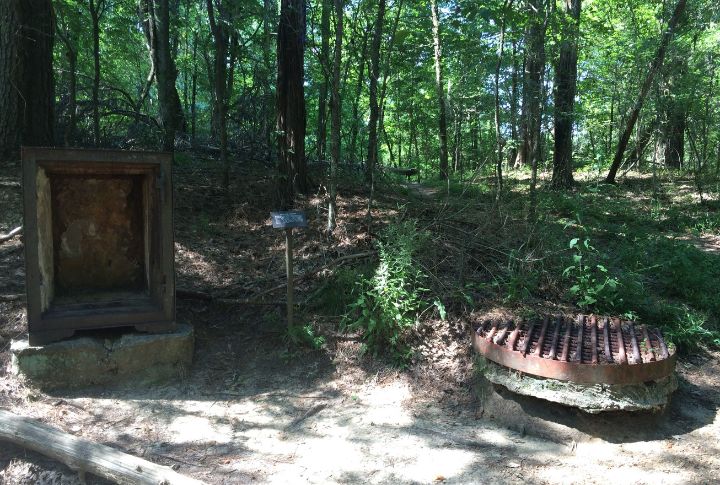
At its peak, Rocky Springs had a population of over 2,600 residents. It thrived as a cotton plantation community, with stores and churches forming its lively heart. Its abandonment can be blamed on the Civil War, soil erosion, and a devastating yellow fever outbreak.
Thurmond, West Virginia
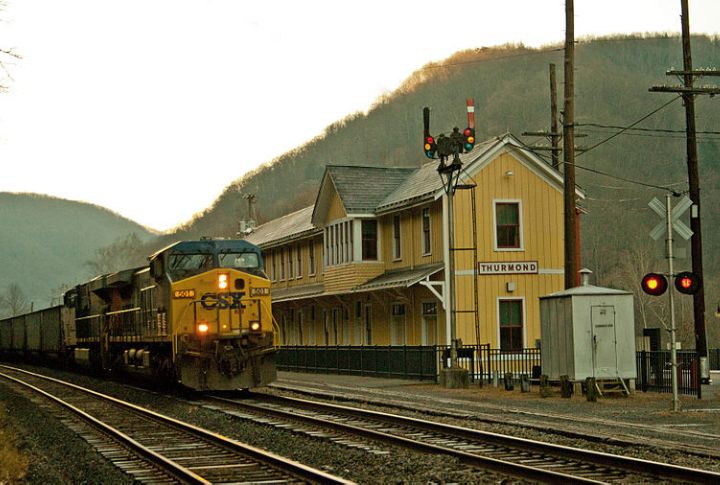
Thurmond was once a booming coal town that peaked between the 1910s and 1920s. It had hotels, banks, and a busy train depot, with coal production driving its economy. Its importance faded due to the decline of the coal industry, the shift from steam to diesel locomotives, and broader economic and population shifts.
Kolmanskop, Namibia
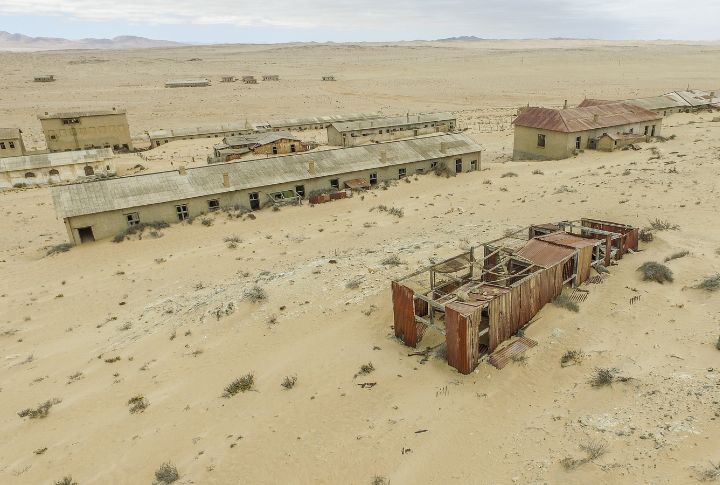
A diamond mining boomtown in the early 20th century, Kolmanskop attracted many European prospectors seeking fortune in the Namib Desert. The town featured lavish homes, a hospital, and even a casino. Unfortunately, once diamond supplies were exhausted, residents abandoned it.
Humberstone, Chile
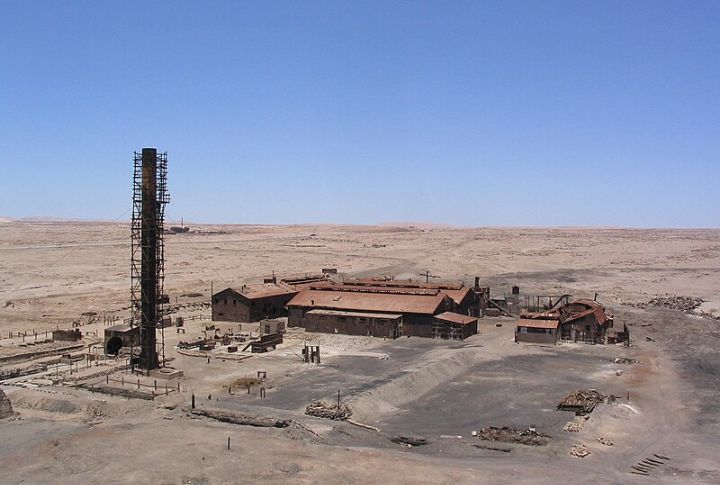
Founded in the late 19th century, Humberstone was a prosperous mining town driven by the nitrate boom in Chile’s Atacama Desert. Thousands of workers lived there, extracting saltpeter for fertilizer and explosives. However, with the rise of synthetic alternatives, the demand for natural nitrate collapsed, leading to the town’s decline.
Gagnon, Canada
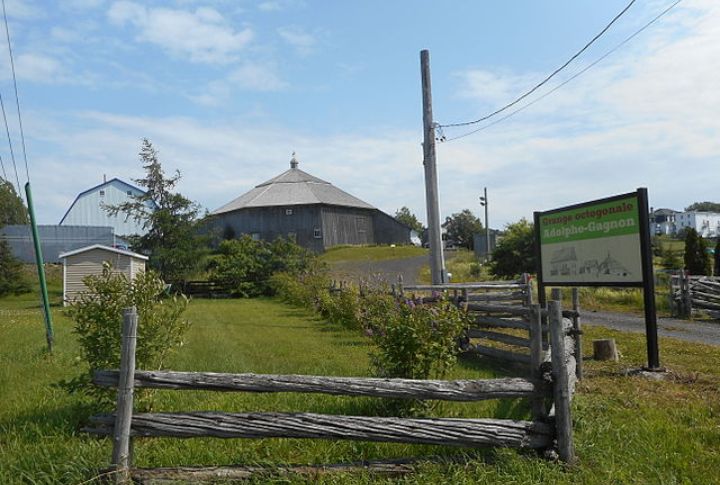
Gagnon, Quebec, was built in the 1950s as a company town for iron ore mining. It had homes, schools, and even an airport, serving the workers and their families. Nevertheless, when the mine was exhausted in the 1980s, the entire town was shut down, and all buildings were demolished.

